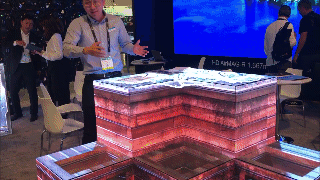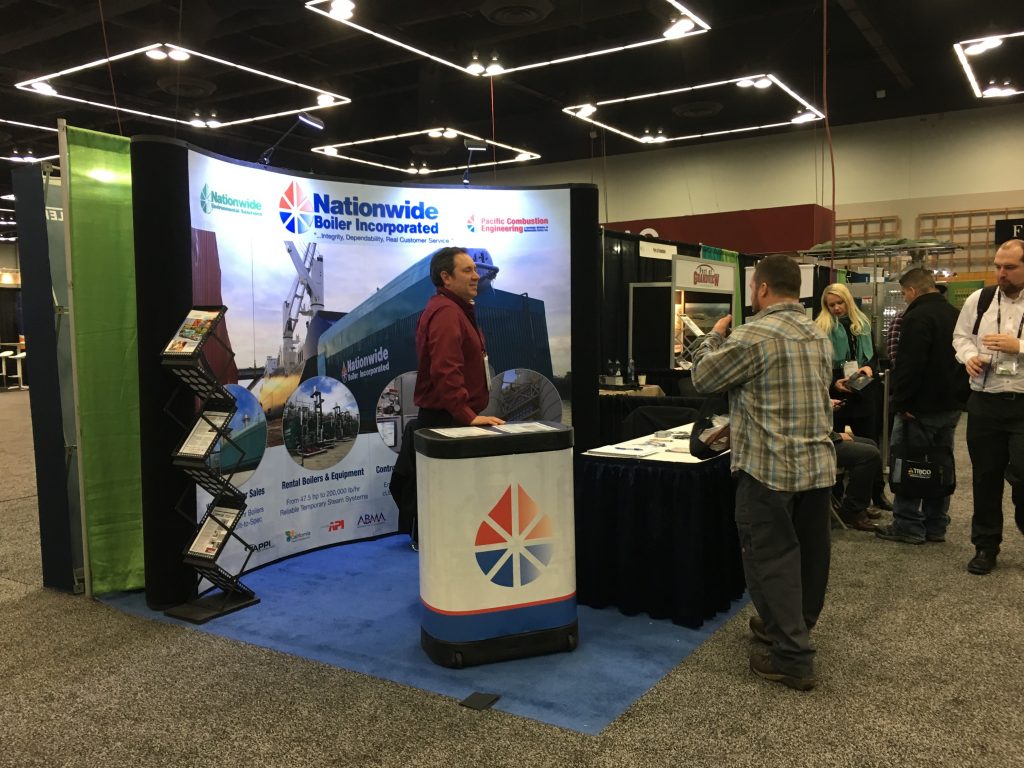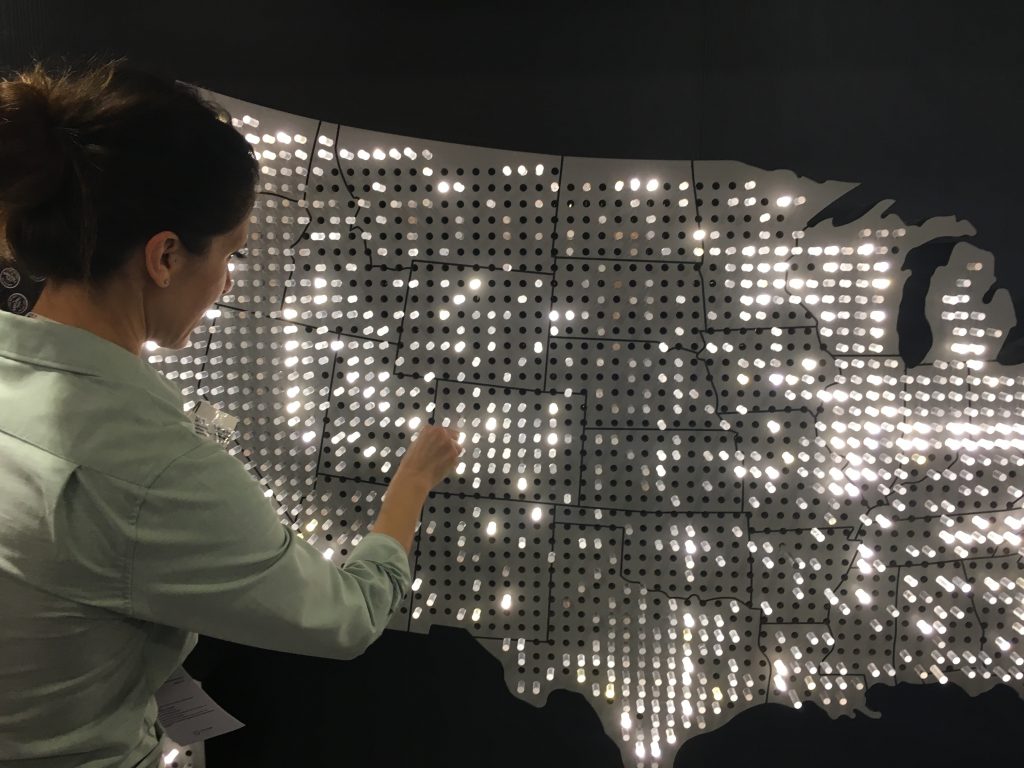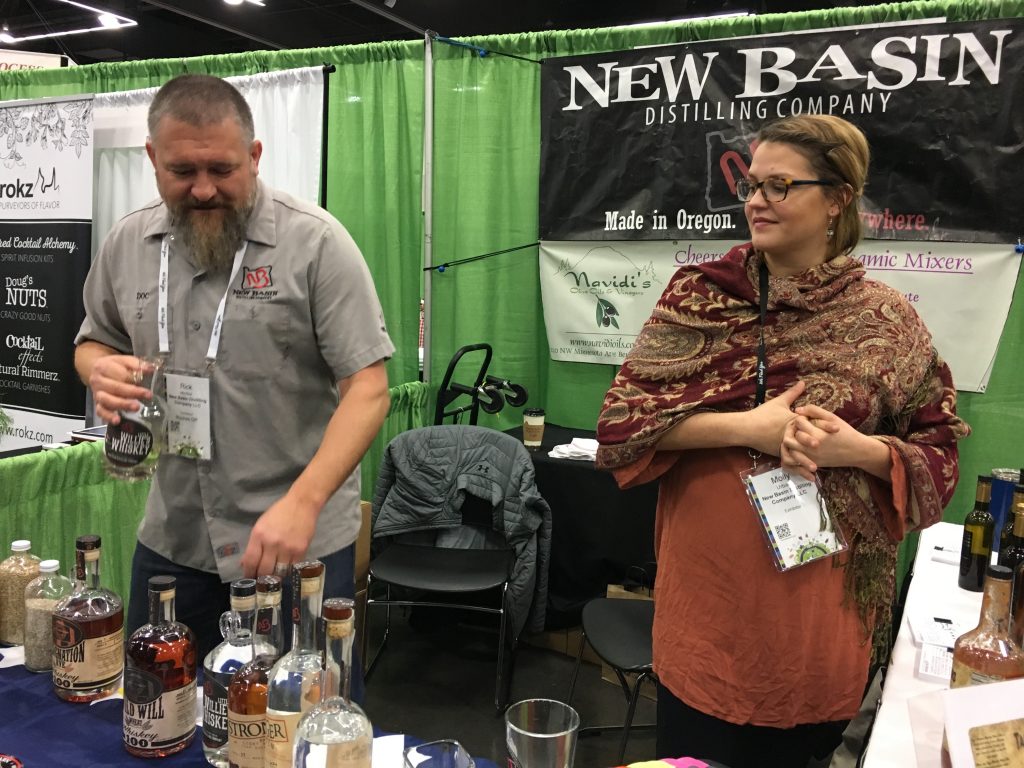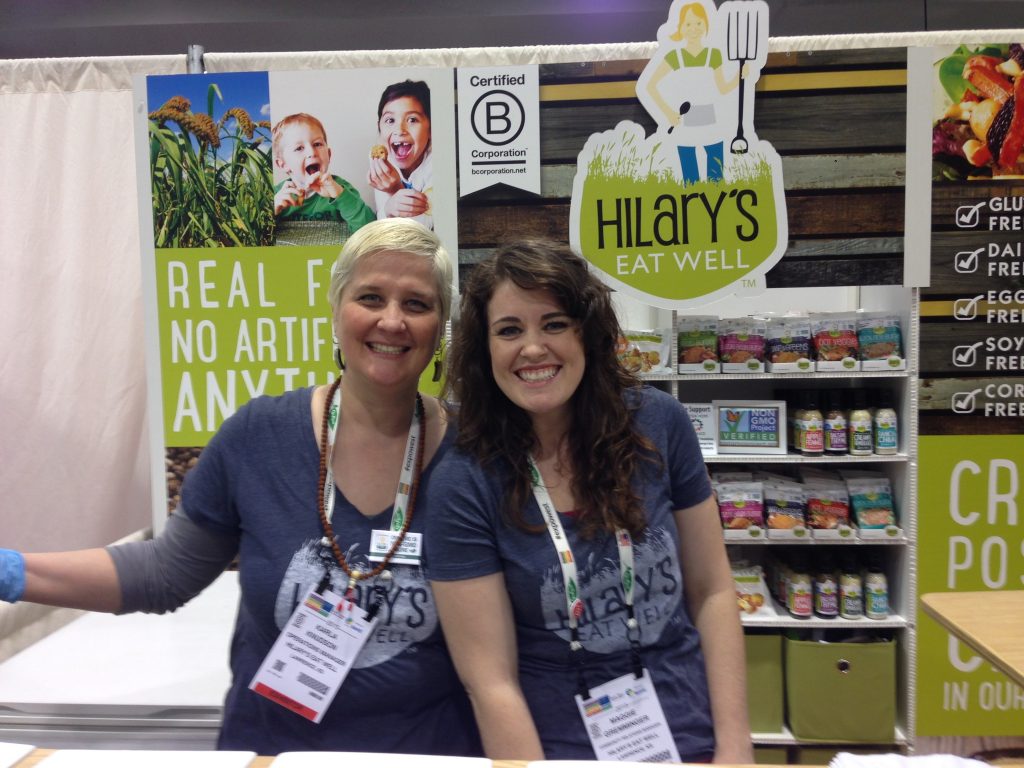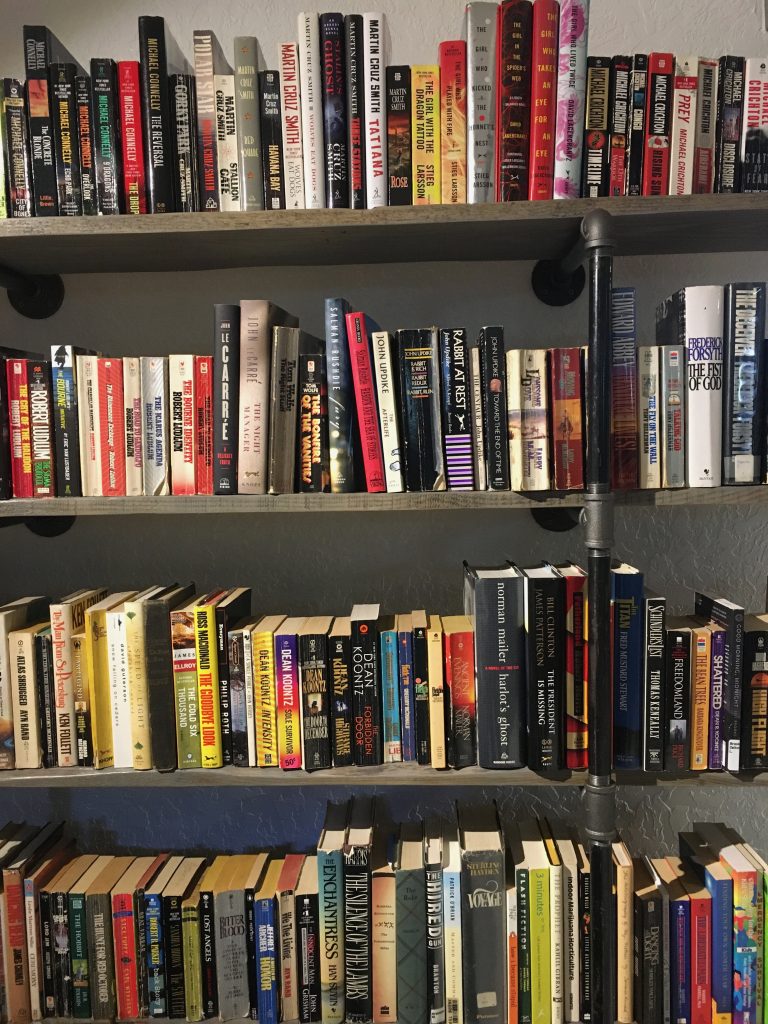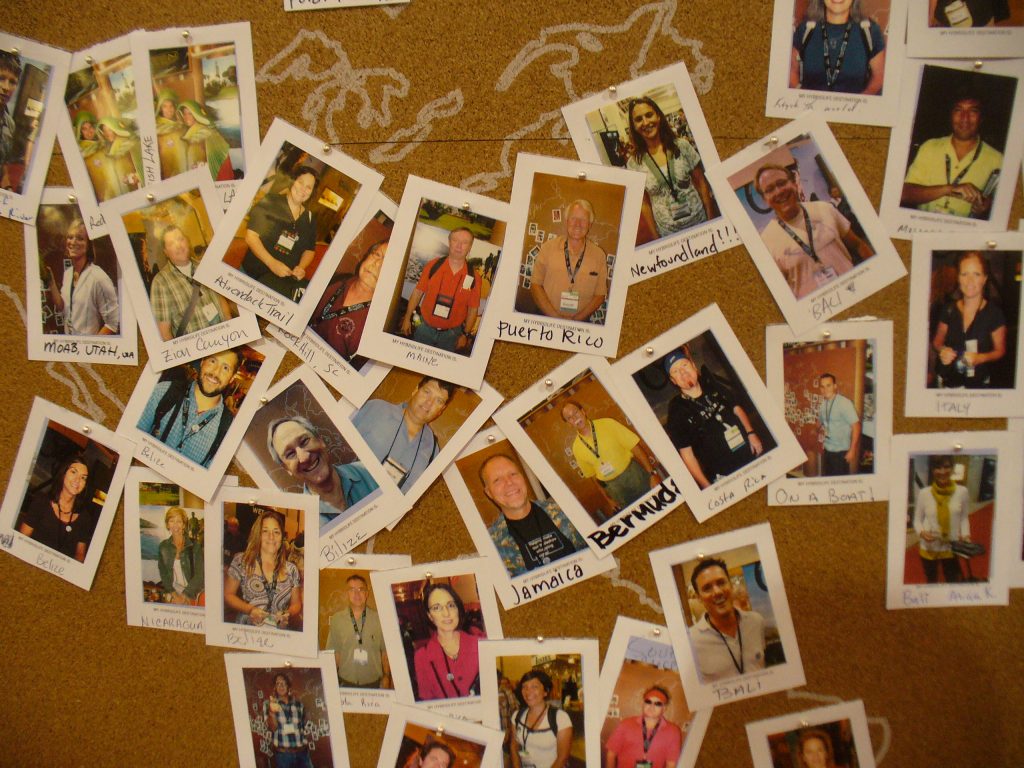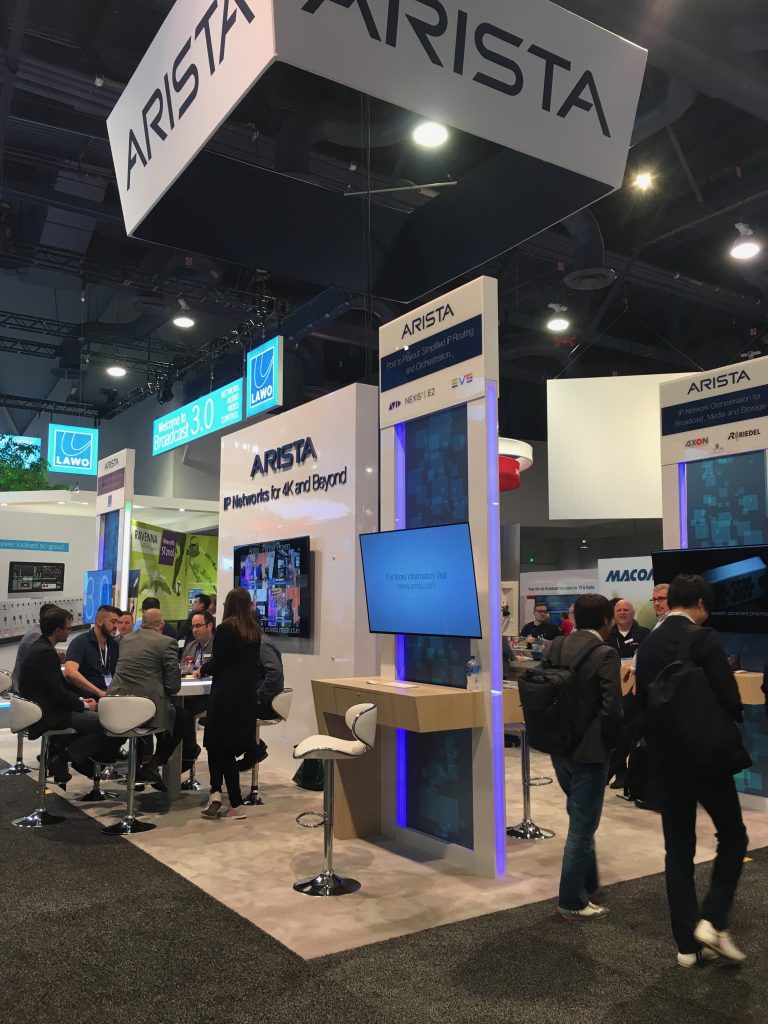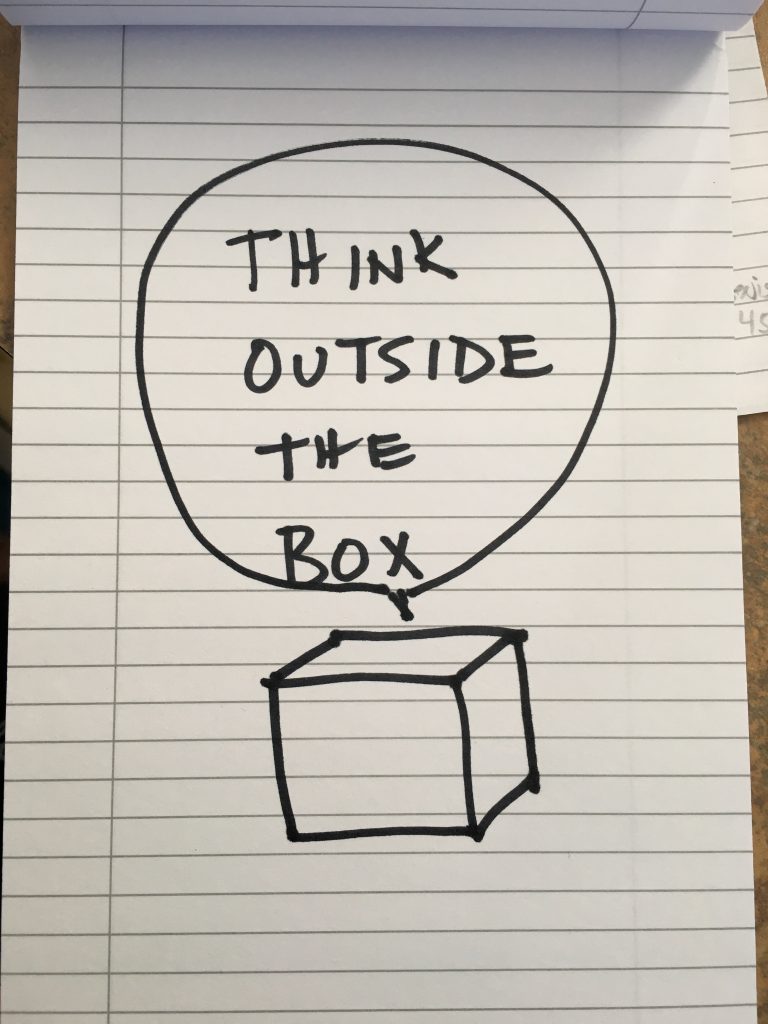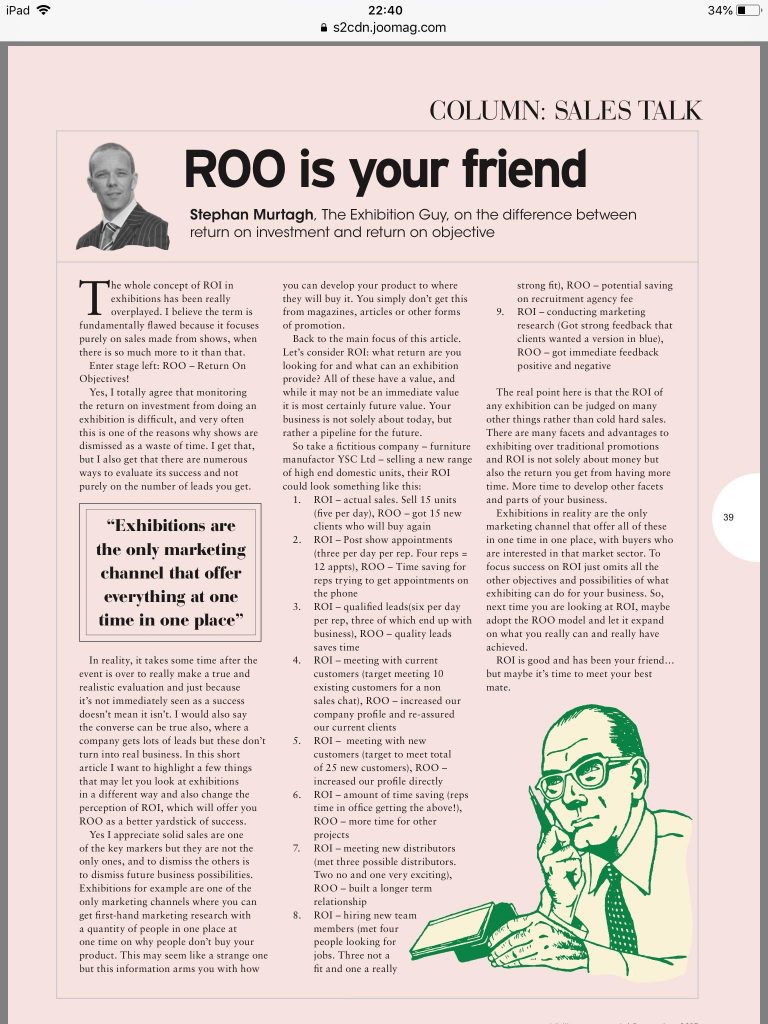Wear colorful branded clothing. Whether it’s a staff
of two or three, or twenty, having colorful branded clothing will immediately
let visitors know who’s working the booth and who’s a guest. Bright colors
attract, so put your logo on the front and an enticing message on the back. And
to change things up from day to day, create a different colored set with a different
message for each day of the show, and make sure your crew coordinates. Bright colors,
especially if they’re tied into your brand work well: yellow, red, orange, blue,
fluorescent.
Setup a giant prop and invite people to take a photo.
Could be anything: a mascot, a giant purse, a full-size model of one of your
products (if it’s small, for instance); something that stops people in their
tracks. I’ve seen mascot, angels, musicians, giant hanging props, exhibits made
from bicycle frames and more. They all had one thing in common: they begged to
have their picture taken.
Once that photo has been taken, invite the visitor to spread
the word on social media and include the show hashtag to make sure the post
gets seen. Offer prizes to people that photo and share online.
Give something away and offer an incentive to wear it.
One way is to print up a few hundred t-shirts or hats with your logo along with
a fun message and tell people that if they put it on right there, they can also
take home another gift. And tell them if you catch them wearing it at an
after-hours show (be specific as to which one), you’ll be giving away $50 bills
to random shirt wearers. This type of promotion gets others involved and spreads
the word about your booth and products throughout the show.
Have a unique exhibit that begs to be seen. Sounds
straightforward, but to break out of the cookie-cutter mold, it takes a
designer that’s willing to create something unique and wild and a company that’s
willing to spend to make it a reality.
Give visitors something to DO. Interactivity goes a
long way. At the NAB Show, there were several exhibitors that gave visitors a
chance to learn new software by joining them for a free class. Not only are you
drawing interested people in, you’re keeping them involved for up to an hour
and showing them exactly how the product works.
Contests. Give people a chance to win something by
guessing the number of beans in a jar, answering a quiz, spinning a wheel or
something else increases the chance you’ll get visitors to stop at your booth.
Make sure to engage them in a brief conversation to uncover their needs regarding
your product.
Famous mugs. Lots of companies hire famous (or at
least semi-well known) people to be a part of the show. Authors, speakers, sports
stars, actors, and so on can all draw a crowd. Authors in particular, if they’re
in your industry, can be a good draw if they have a new book out. I’ve seen
dozens of people in line to pick up a free copy of a new book and get it signed
by the author (and snap a selfie!), and I’ve waited in line to get a prop soft baseball
signed by Hall of Famer Ozzie Smith.
Comment wall. I see these more and more. Ask a bold question
or make a bold statement and invite people to chime in with their thoughts on a
wall. Invite people to snap a photo of what they wrote and share it on social
media (make sure the wall is branded and has the show hashtag on it).
Bring media production to your booth. Know someone
that is a podcaster in the industry? Invite them to record a few episodes of
their show in your booth, and make sure to provide some good guests for them,
whether it’s people from your company, or others. The simple act of recording a
show in your booth will make a lot of people stop. That’s a good time for your
staff to engage those visitors politely to find out if they’re prospects.
If someone in your company has written a book, offer free copies of the book along with free printed photos with visitors and the author. This has worked great for years for Bob Moore of Bob’s Red Mill, one of our long-time clients at TradeshowGuy Exhibits. Every time they exhibit at the bigger expos, Bob spends time signing books and posing for photos while a photographer takes photos and has them printed up in a few moments for the visitor.
There are literally countless ways to draw crowds to your
booth. It all boils down to creativity and execution. What can you do to
improve the traffic at your next show?
